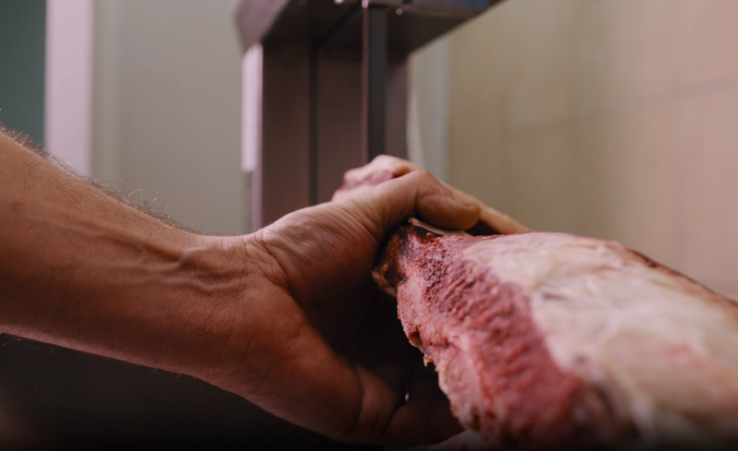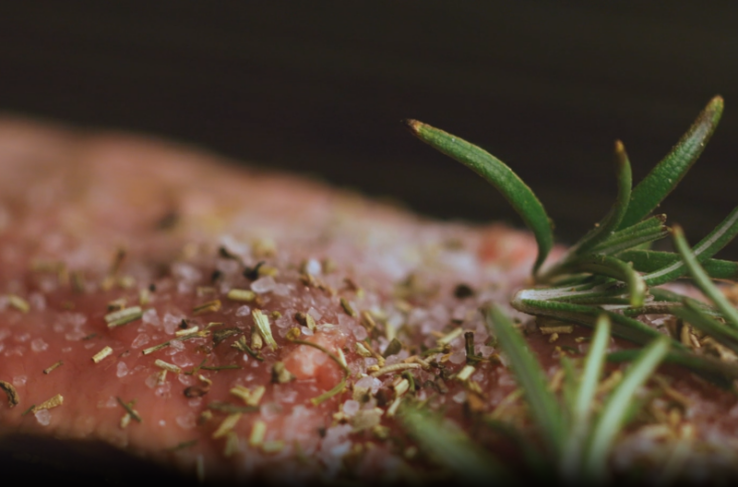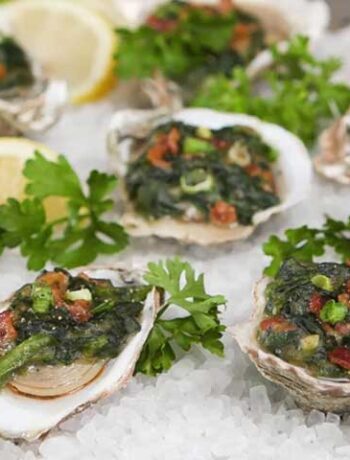This blog post is for those who take pride in sourcing and cooking their own game. Cooking game meat is an art that challenges even seasoned chefs. It can be tough, gamey, or dry if not handled correctly. Our aim is to guide you through the process of transforming your catch into a delectable meal. We’ll share practical tips to improve your game cuisine, whether you’re an experienced hunter-chef or just starting out. Get ready to take your culinary skills to the next level!
Choose the Right Game Meat
Choosing high-quality game meat is crucial. It affects everything from flavor to texture. To ensure you get the best, source your game from reputable hunters or suppliers who follow ethical hunting practices. Venison, duck, and rabbit are popular choices, each offering unique flavors and requiring specific preparation methods. Researching the best type of game meat for your recipe will lead to better results. For one, you could also try to hunt it yourself with the help of Waders. Why not?
Proper Meat Handling
Proper meat handling is essential to prevent contamination and ensure a tasty meal. Start by cleaning your game thoroughly. Then, trim off any damaged or unnecessary fat and sinew, which can carry a strong, wild flavor. Store your meat at the right temperature, ideally in a cool, dry place. Avoid leaving game meat at room temperature for too long to prevent bacteria growth.
Marinades and Seasonings
Marinades and seasonings are key to enhancing game meat’s flavor. A simple marinade might include oil, acid like vinegar or lemon juice, and herbs. This combination can tenderize the meat and infuse it with flavors that complement its natural taste. Seasoning game meat goes beyond salt and pepper. Experiment with garlic, rosemary, thyme, or juniper berries to find the perfect balance.
Cooking Techniques
There are many ways to cook game: grilling, roasting, and pan-searing are just a few. Each technique offers a different texture and flavor profile. For instance, grilling imparts a smoky taste that suits venison well. Roasting is ideal for larger cuts, allowing the meat to cook evenly. Pan-searing offers a crispy exterior with a juicy interior. Understanding how to cook game meat to the right level of doneness ensures that it remains juicy and flavorful.
Sides and Accompaniments
Sides should complement, not overpower, the game meat. They can range from simple roasted vegetables to more complex carbohydrate-based dishes like risotto. Consider the game meat’s flavor profile when choosing your sides. A tart cranberry sauce can cut through the richness of duck, while a creamy polenta can balance the robustness of venison. Aim for a balance of flavors and textures to create a well-rounded dish.
Presentation and Garnishes
Presentation turns a good dish into a great one. Arrange your game meat on the plate attractively. Use garnishes not just for color, but to complement the dish’s flavors. Fresh herbs, a sprinkle of coarse salt, or an edible flower can add visual appeal and taste.
Conclusion
We’ve covered selecting, preparing, marinating, cooking, and presenting game meat. By applying these tips, you can elevate your game cuisine from good to great. Don’t be afraid to experiment with flavors and cooking techniques. We encourage all hunter-chefs to try these tips and share your experiences.







